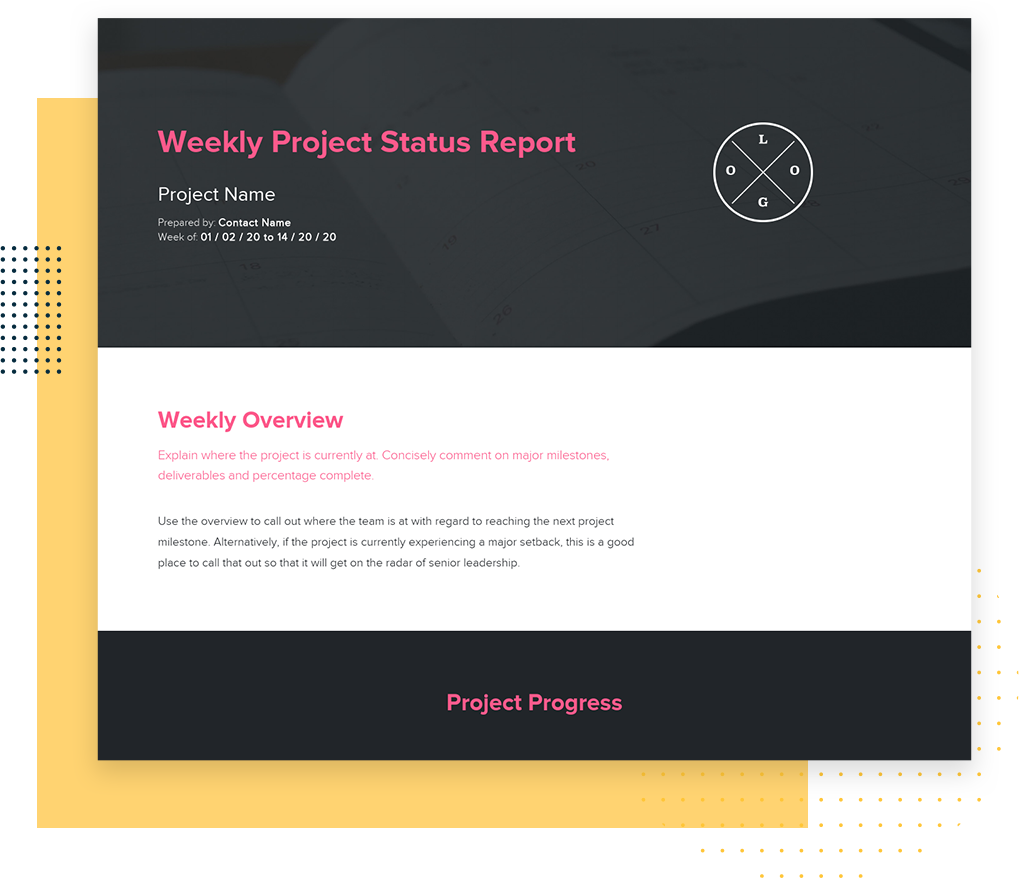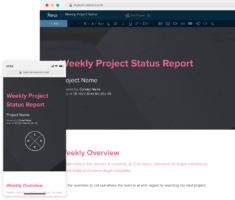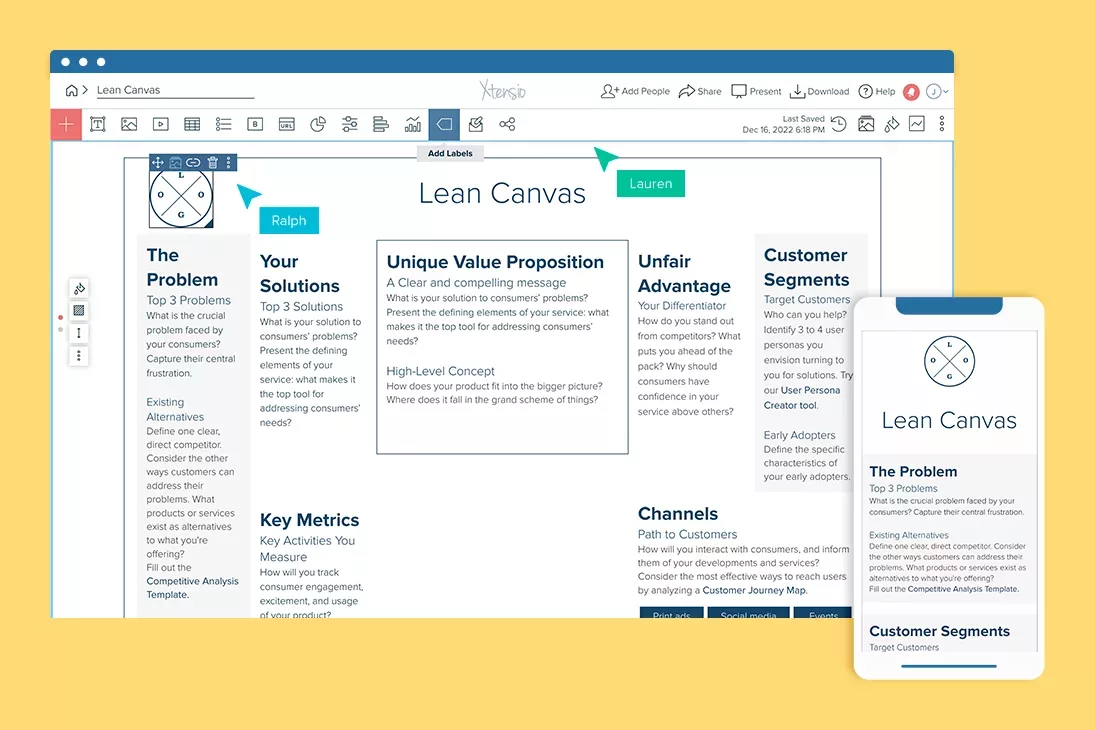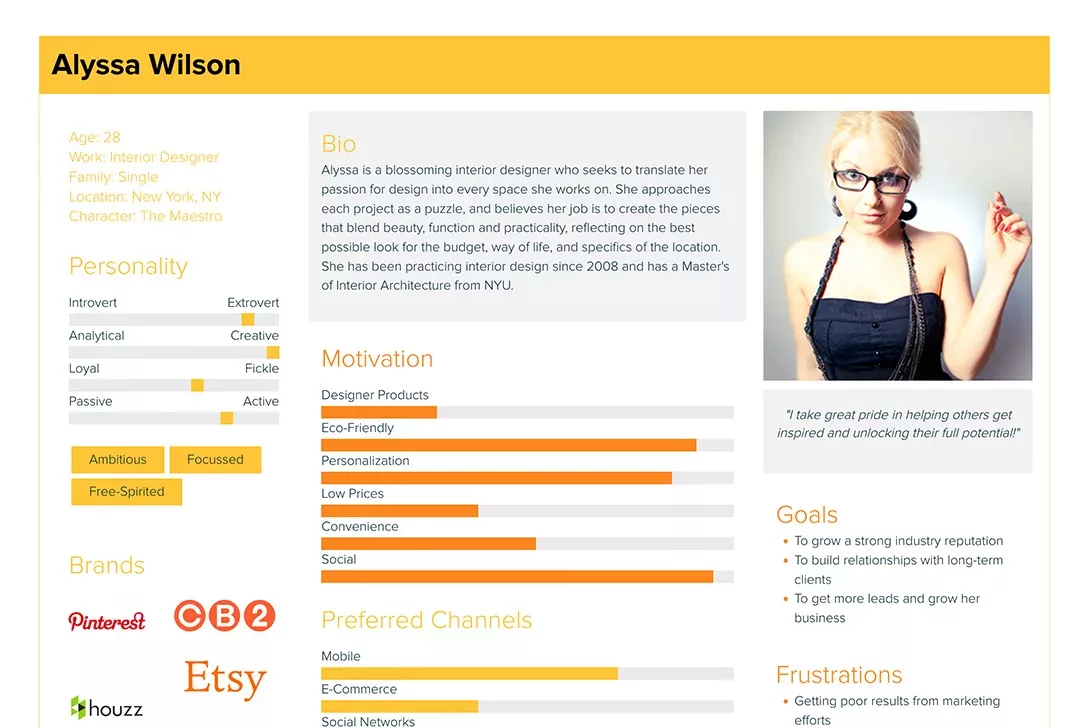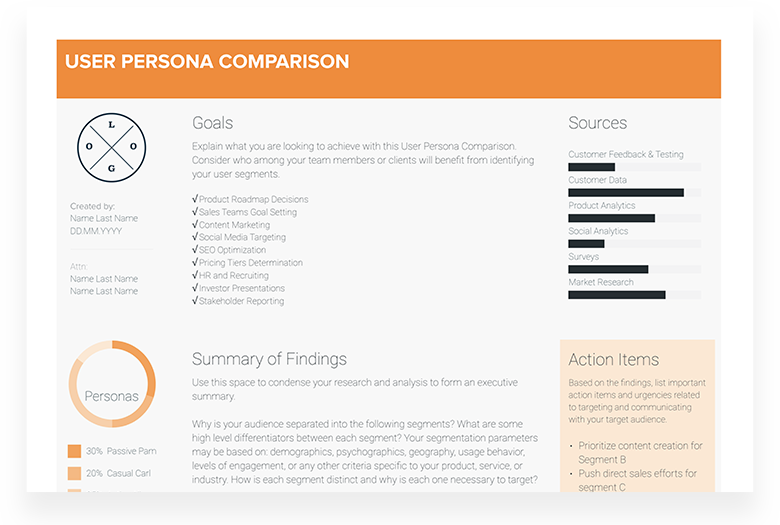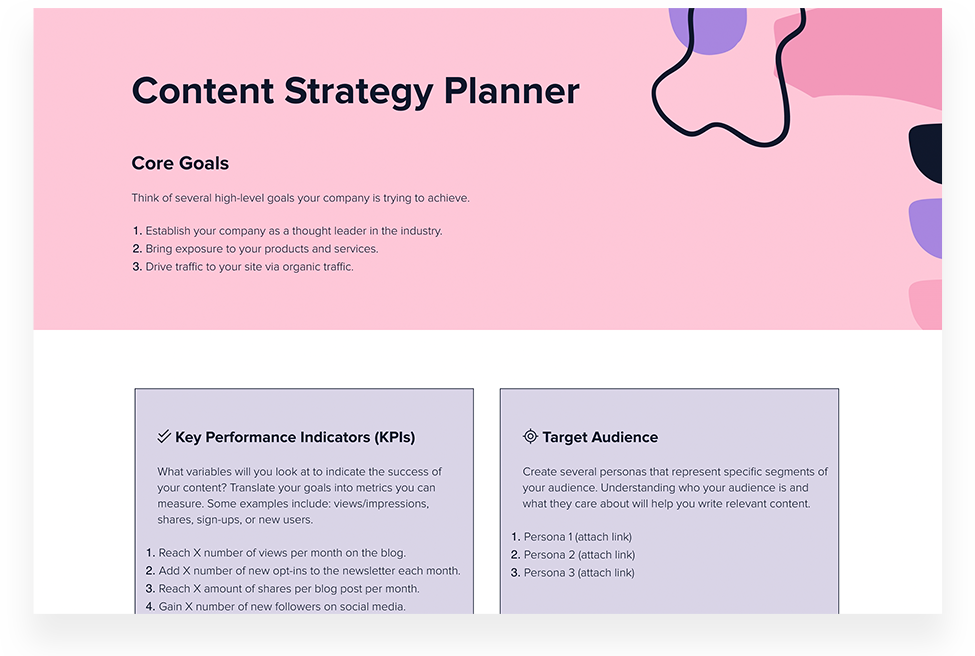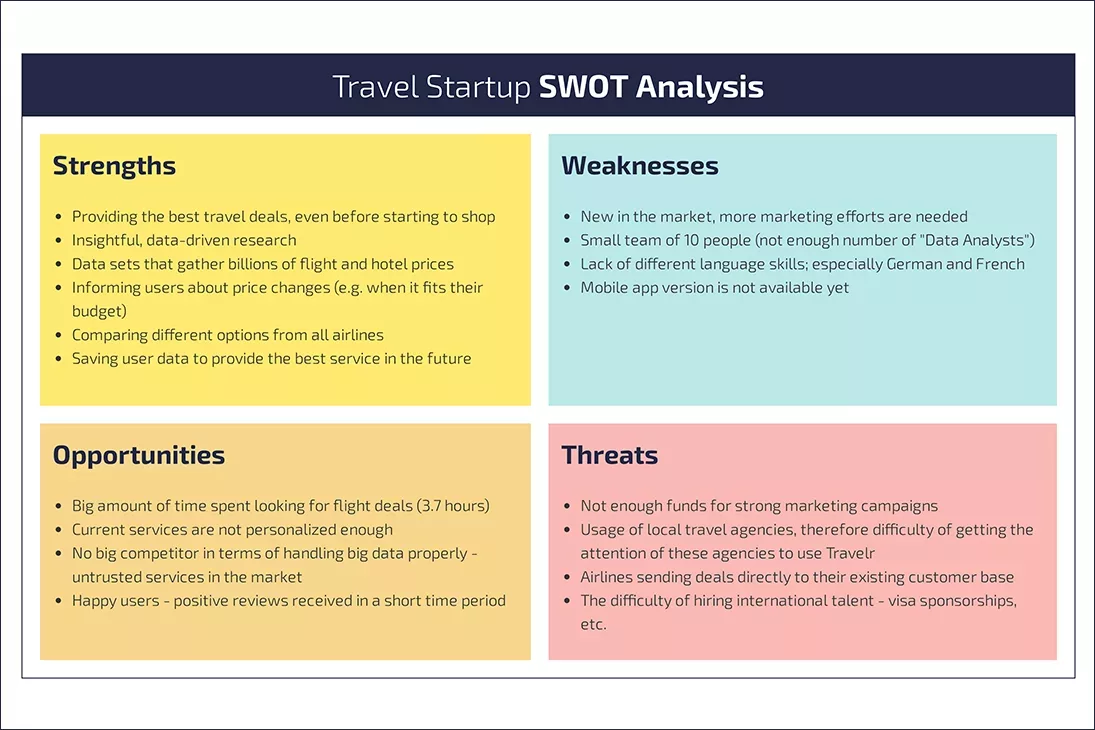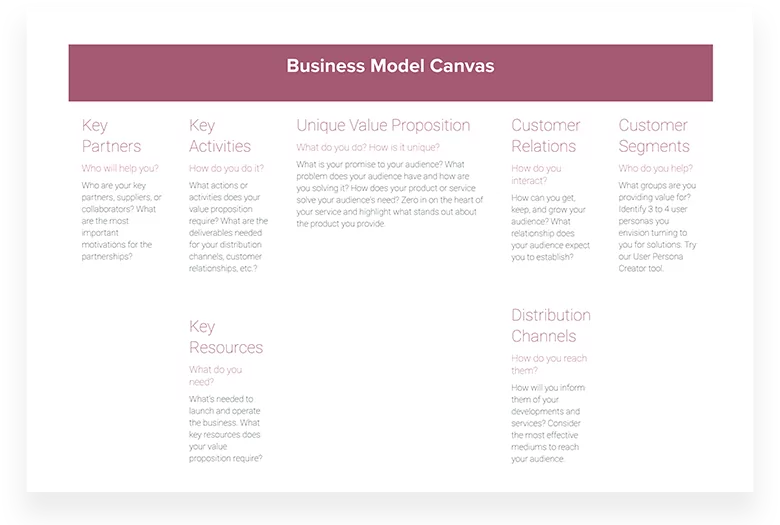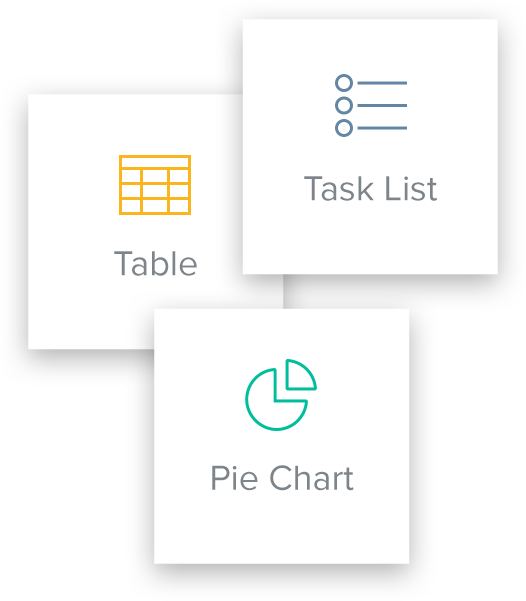Weekly Project Status Report Template
Use the weekly project status report template to document the current state of your project. Keep stakeholders informed with timely and relevant information about a project’s progress and any roadblocks that may lie ahead.
- Create a visually rich project overview to monitor all of your deliverables.
- Quantify processes to help set realistic goals and decisions.
- Standardize your weekly status reporting process.
- Identify opportunities to improve project management, team efficiency, and productivity.
Xtensio is your team space for beautiful living documents.
Create, manage and share business collateral, easily.
Join the 243,608 changemakers.
Xtensio is your team space for beautiful living documents.
Create, manage and share business collateral, easily.
Join the 243,608 changemakers.
A weekly project status report documents the current state of a major project. With this tool, you can organize and manage your team’s weekly schedule and keep stakeholders informed with timely and relevant information about a project’s progress and any roadblocks that may lie ahead. Use the project status report template to:
- Create a visually-rich project dashboard to monitor all of your deliverables.
- Quantify processes to help set realistic goals and decisions.
- Standardize your weekly status reporting process.
- Identify opportunities to improve project management, team efficiency and productivity.
How to create a project status report with Xtensio
- Click and start editing, no account or credit card required.
Follow along with the instructional project status report template copy. Add charts, graphs, images, and videos to customize the report template and make it your own. Drag & drop. Resize. It’s the easiest editor ever.
- Customize everything in the project status report to match your brand.
Define your style guide. Add your (or your client’s) brand fonts and colors. You can even pull colors directly from a website to easily brand your project status reports and more.
- Work on the key details of the project status report template together on the cloud.
Add your project manager (or clients) and team members, to collaborate on your weekly status report. Changes automatically save and sync across all devices, in real-time.
- Share a link. Present a slideshow. Embed. Download a PDF/PNG.
The living project status report template seamlessly adapts to your workflow. No more jumping from tool-to-tool to create different types of deliverables.
- Reuse and repurpose.
Save your own custom project status report template. Or copy and merge into other documents.
What is a project status report?
A project status report is a brief snapshot of where things are at with a project. Project status reports are used to give clients and stakeholders status updates and should include information that helps keep the project on track. Regular weekly reporting on the project’s progress helps you outline your team’s workload, timeline, business-critical efforts and risks. Plus, the status report is a great way to uncover opportunities for improving efficiency.
While monthly and quarterly reports give a bird’s-eye view of your project’s progress and vision, project managers use weekly project status reports to maintain an ongoing report of updates and stats as they happen instantly. The beauty of a weekly report should be that it can be ready within the hour if a client requests it.
Ongoing reports will help:
- Streamline talks about the project’s progress by emphasizing critical action items that must be completed and highlighting milestones.
- Give a quick status update, evaluate progress, create forecasts, and set expectations.
- Provide significant data to help identify and resolve issues and bottlenecks.
- Communicate issues and workaround solutions with the project manager and their direct team, as well as across the organization and key stakeholders.
- Gauge your team’s productivity and performance with a comprehensive status report.
The most important thing that the project status report template can help with is ensuring that the project team gets the work done. Reporting is important in project management and Xtensio’s free status report template makes it easy to keep track of productivity, roadblocks and deadlines.
What information should be included in the weekly status report?
In project management, the status progress report should include any and all information that communicates your team’s weekly tasks and goals. Xtensio’s project status report template is formatted to help you outline your reports concisely so everyone can clearly understand important milestones, action items and issues.
Generally, you’ll need to include these things in your project status report:
- A high-level summary of where the project stands and what was completed last week.
- A concise, actionable plan for upcoming tasks and milestones.
- Updates on progress, overall project budget and project timeline.
- A list of action items and to-dos that you need to be completed by external stakeholders.
- Report on whether the project is at risk, needs mitigation or has issues.
Optional items to include in your project report:
- Links to important deliverables.
- The project timeline.
- Fun image, GIFs, playlists.
- Weekly thank yous to team members and clients.
- Links to relevant industry news.
How do you write an effective project status report?
It’s important to note that the structure of your status report should be clear and direct, while also engaging. No one wants to read a dry report or requirements doc! Using Xtensio’s project status template will definitely help.
Begin by introducing yourself and your project. Include the project’s name, your name, and the date. You should also offer a concise review of where the team is in terms of meeting the next project milestone.
The main portion of your progress report should detail where your team is at this week with the project.
- Identify the project’s health score by including the status of various project items like budget, resources, scope, project timeline, etc. Using color coding makes it easy to visually represent the status of the project and is a good way to quickly show stakeholders if the project is on track or not.
- The main body of your status reports should include a breakdown of items or tasks that were completed in the previous week, what tasks are in progress this week and what tasks are up next week. You may also want to use a color code in this section of your report. This will make sure everyone is in line with the project’s timeline and ensure that everyone knows their responsibilities.
- An important part of the weekly status report is to bring awareness to any potential risks, issues or roadblocks that might be looming ahead. This section of the progress report should explain any risks or potential high level risks your team sees on the horizon. If a particular project item is at-risk, explain what issues you foresee. If you’ve reached a roadblock regarding the project resources, what needs to be addressed to resolve this roadblock?
- You can add notes and important reminders next to each project item on your status report. And don’t forget to give team members kudos to celebrate meeting an important milestone or overcoming a tough roadblock from the week before.
Save the project status report template to make it your own.
Add images, videos, charts/graphs, or lists and forms to make sure your weekly reports are visually engaging. Update color schemes, change background colors and add your own logo to match your (or a client’s) branding. The templates that we have are fully customizable to match your needs.
Your project status reports are meant to be shared. Remember, the goal is to provide timely updates that keep your team on track towards completing important milestones and deliverables for your projects. With Xtensio you can add important stakeholders to collaborate on your project status reports and share the live link with the whole team so everyone is always in sync.
What is the difference between an external and internal status report?
Status reports, like any other document, must be personalized for your audience. For instance, a client has different expectations from the status report than your internal team. You can create your weekly status report, duplicate and adjust your reporting based on who you’re communicating with. There are a few things to keep in mind depending on whether you’re creating your report for internal or external usage.
External Status Reports:
You’re talking to a client, an investor or another key stakeholder outside of your organization. Keep that in mind when writing your report. The tone should be professional and typically oriented around high-level goals for the project at hand. Proofreading and branding are important when sending these external reports. External reports should also outline any information, approvals or roadblocks that need to be cleared from their end in order for your team to move forward with the project.
Internal Status Reports:
These project reports are more casual. Bring up any internal roadblocks, looming deadlines you’re worried about missing, or other difficulties concerning your team’s work here. It is critical to be open and honest with your staff.
On the same token, enthusiasm and support go a long way. Congratulate your team on solving that tricky technical issue that the client would never even know about, and celebrate important milestones as a way of keeping the momentum going. Internal reports will also be more detail-oriented with a focus on items that are of value to your team.
Frequently asked questions
What should be included in a weekly project status report?
A weekly project status report should include an overview of the project’s progress, key accomplishments, upcoming tasks, risks or issues faced, budget status, and any changes to the project timeline. It’s essential to provide clear visuals, like charts or graphs, and actionable insights for stakeholders.
How do you write a weekly status report?
To write a weekly status report, start with Xtensio’s free template. Summarize the week’s key achievements. List any completed tasks, milestones reached, and goals met. Highlight any challenges or obstacles and provide solutions or mitigation plans. Include a section on next week’s objectives and any updates on the project’s timeline or budget. Always be concise, and clear, and use visuals where possible.
What is included in a project status report?
A project status report typically includes an overview of the project’s current state, milestones achieved, tasks completed, risks or challenges faced, budget updates, and any changes to the project’s timeline or scope. It provides stakeholders with a snapshot of the project’s health and direction.
Why is a weekly project status report important?
A weekly project status report is crucial as it keeps all stakeholders informed about the project’s progress, challenges, and any changes. It fosters transparency, ensures alignment among team members, and aids in timely decision-making.
How often should you update a project status report?
While the frequency can vary based on the project’s nature and stakeholder preferences, a weekly update is commonly recommended. This ensures timely communication and allows for quick adjustments if needed.
Who should receive the weekly project status report?
The weekly project status report should be shared with key stakeholders, including project sponsors, team members, clients, and any other relevant parties who need to be informed about the project’s progress.
What tools can be used to create a weekly project status report?
Popular tools for creating project status reports include Xtensio, Microsoft Project, Trello, Asana, Monday.com, and various other project management software. Xtensio offers built-in living templates and features to simplify the reporting process.
How can I make my project status report more engaging?
To make your report more engaging, use visuals like charts, graphs, infographics, and even videos. Break down complex data into bite-sized pieces, use clear headings, and highlight key takeaways. Always focus on providing actionable insights. Xtensio will help you do just that very easily.
What’s the difference between a weekly project status report and a monthly one?
A weekly project status report provides a more frequent update on the project’s progress, challenges, and next steps. In contrast, a monthly report offers a broader overview, capturing significant milestones, long-term challenges, and strategic adjustments.
How can a project status report help in risk management?
A project status report identifies current risks and challenges faced by the project. By regularly updating and sharing this information, teams can proactively address these risks, develop mitigation plans, and ensure the project stays on track.
Design, manage and share beautiful living documents… easily, together. Explore Xtensio
- Click and edit anything… together.
- Customize to match your branding.
- Share with a link, present, embed or download.
See how Xtensio can help your business

Build and launch products and services successfully.

Engage buyers more and close sales faster.
Teams use Xtensio to craft and share beautiful living documents.
243,608 users and counting.



Jerome Katz
Professor of Entrepreneurship @

Jake Peters
CEO @

Robin Bramman
Founder and Chief Brand Mixologist @

Olakunle Oladehin
Executive Director @

Aaron Friedland
Executive Director @

Robin Eyre
Owner @

Adam Sher
CEO @

Stephen Paterson
Chief Product Officer @
